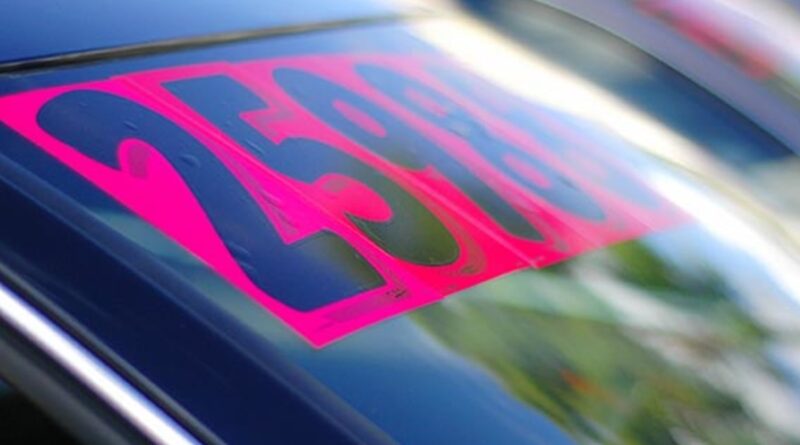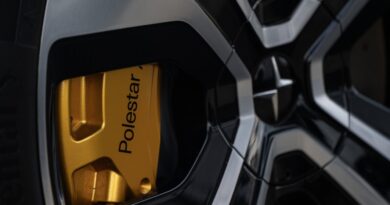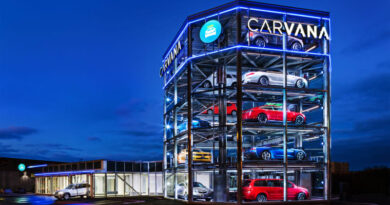Selling over sticker price can backfire on car dealer, automaker
About one-third of customers paid more than sticker price for a new vehicle in December 2022, sales which GfK research indicates might cost the retailer — or manufacturer — repeat business from some of those customers.
Twenty-seven percent of customers who paid more than sticker told GfK they would never buy that brand of vehicle again. Julie Kenar, GfK senior vice president of consulting, noted on a GfK webinar March 16 while automakers have no control over dealership pricing, “brands are still being negatively impacted.”
Thirty-one percent of buyers charged above sticker told GfK they’d advise other consumers to avoid that dealership, and 29 percent plan to never use that retailer for service.
“There are downstream revenue implications and customer relationship implications with charging over MSRP,” Kenar said.
GfK said 47 percent of shoppers in December paid sticker price for a vehicle, while 34 percent paid more and 19 percent paid less. More recent figures from J.D. Power indicate 29 percent of vehicle shoppers were still paying more than sticker in February.
Kenar told Automotive News on March 15 paying sticker doesn’t engender the same backlash as paying above it.
“There’s a much bigger lift” in negative feelings with the latter, she said.
Selling above sticker price at a time inventory was just returning is “a bad look,” said Keith Powell, owner of Yes Chevrolet and Yes Ford near Charleston, W.Va. His group does not exceed sticker price on any model except for the Corvette.
“It’s not good for CSI, it’s not good for customer retention,” Powell said. In a small market like West Virginia, he added, “we gotta take care of the people that do business with us.”
Rob Shabe, fixed-operations director of Murphy Ford in Chester, Pa., thinks it’s possible dealers who charge above sticker might undercut their service department.
“I could see how a customer would feel that way … ‘If they’re overcharging me because [of] supply and demand, they would do the same in service,’ ” said Shabe, whose store doesn’t exceed sticker.
Mercedes-Benz of Edison in New Jersey doesn’t charge above sticker price. But general manager Doug Wells doubts that retailers who price above sticker would need to worry about their service department losing business.
The negative sentiment found by GfK reflects consumers shopping outside their market, rendering the issue moot, Wells said. A customer who searched the country for a pickup truck during an inventory shortage found one in New York City and traveled there to buy it at a $5,000 premium.
“They weren’t gonna service the car in New York anyhow,” he said.
Powell said he doubts customers would forego a particular automaker’s brand because of a dealer’s pricing. He likened it to a customer who quits patronizing one McDonald’s perpetually lacking milkshakes in favor of another location in the chain.
“They’re not gonna stop going to McDonald’s,” he said.
Consumers in some demographics were even more likely to have bought a vehicle for more than the price the manufacturer recommended.
Forty-three percent of millennials were charged more than sticker on their last purchase, the largest proportion among any age group studied, according to GfK. Millennials comprise one-third of the consumer base and aren’t a generation automakers or dealerships “want to disenfranchise,” Kenar said on the webinar.
Forty-eight percent of households earning more than $150,000 also paid above sticker, according to GfK.
For millenials and the affluent, “retailers really want to think twice about these market adjustments,” Kenar said.
The average vehicle has sold above sticker since May 2021, when the average shopper agreed to pay 100.3 percent of the manufacturer’s suggested price for vehicles, according to J.D. Power. However, incentives kept the customer’s actual bill from exceeding sticker until October 2021, when customers were buying vehicles for 104.7 percent of the manufacturer’s price and paying 100.5 percent of that amount after incentives.
In February, the average vehicle sold for 102.8 percent of sticker, 100.1 percent after incentives, according to J.D. Power.
Source : Autonews.com




